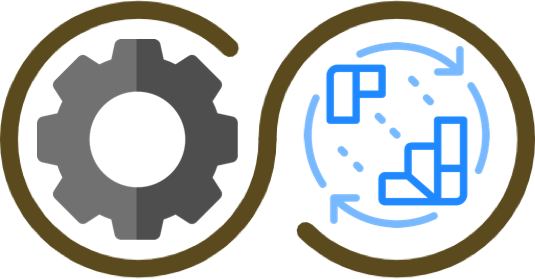- Email - [email protected]
- LinkedIn - https://www.linkedin.com/in/darshansen
- GitHub - https://github.com/RaisinTen
- As a Technical Lead, I have driven initiatives, chaired team meetings, onboarded 8 engineers on all our projects, been the key reviewer of all the work that my team has done and provided 1:1 mentorship to all of my teammates
- As a prolific Open Source contributor belonging to the Governance of megaprojects like Node.js and Electron, I gave several talks to the entire engineering team of Postman and was able to mentor my colleagues to successfully make valuable contributions to Electron (electron/electron#34974) and Node.js (nodejs/node#44532)
- Laid the groundwork for hooking in additional native C++ modules into our custom build of Electron which makes use of the internal features of Chromium. For example, one such module I wrote enables the Postman Enterprise app to use the registry on Windows, Mac OS X user defaults on macOS and snap configuration options on Linux for reading key-value pairs that have been set by an Admin in an Enterprise deployment environment.
- Redefined how my team approaches performance problems by creating https://github.com/RaisinTen/perftrace, a JavaScript module which enables the visualization of performance bottlenecks in any JavaScript application
- Top contributor to an R&D C++ and JavaScript framework for creating cross-platform native desktop, mobile and CLI apps, where I authored key parts of the framework, like JavaScript support (V8 on Windows and JavaScriptCore on Apple and Linux), event loop, networking capabilities and owned the development of the entire framework on Windows using Win32 APIs
- Led a team of 4 engineers to develop a C++ library with an accompanying Node.js addon to send HTTP and WebSocket requests using a fully relocatable build of libcurl
- Created a C++ HTTP client that uses WinHTTP on Windows, NSURLSession on Apple and libsoup on GNOME - https://github.com/RaisinTen/benoni
- Nominated by the project community to serve as a TSC Member, Core Collaborator and Triager for my quality code contributions and valuable code reviews
- Won the "Outstanding Contribution from a New Arrival" award as part of the JavaScriptLandia Awards at 2022's OpenJS World - https://openjsf.org/blog/first-ever-javascriptlandia-awards-celebrate-community-leaders
- 36th highest contributor of C++ and JavaScript features, bug fixes and performance improvements across all subsystems of Node.js
- Primarily known for being the lead of the "Single executable applications" Strategic Initiative, which I have initially implemented in nodejs/node#45038
- Provided 1:1 mentorship to numerous contributors and onboarded 6 collaborators
- Contributed to other high-profile C++ and C projects like V8, libuv and OpenSSL for the betterment of Node.js
- Nominated by the project community to serve as a Governance Member for my quality code contributions and valuable code reviews
- 54th highest contributor of C++ and Objective-C++ fixes for various kinds of GUI bugs and crashes
- Contributed a 60% performance improvement for a complex and long-standing Intel macOS performance problem that was affecting the startup performance of Google Chrome and all Electron-based apps in the world by profiling the C++ application startup code using Perfetto API calls and ultimately came up with the fix in https://chromium-review.googlesource.com/c/crashpad/crashpad/+/3721655
- Used LLDB and GDB to debug complicated C++ crashes in Electron and Chromium by attaching the debugging symbols to the release builds of Electron, like in electron/electron#33913 and posted a blog about my journey in https://gist.github.com/RaisinTen/5c065d28789d7a95a23af2db8e0e6c75 to motivate my team to tackle similar issues
- Worked with the Chromium C++ thread pool to create async and non-blocking functionalities - electron/electron#31023
- Collaborated with the Chromium team to fix difficult GN bugs in the Electron build system
- Contributed to other high-profile C++ projects like Chromium, Crashpad and Perfetto for the betterment of Electron
- Once, I decided to challenge myself to land a valuable contribution in Deno, despite my inexperience in Rust, so I attempted solving a
serde_v8bug - denoland/deno#11502 while teaching myself Rust and I ended up landing the key improvement in Rusty V8 - denoland/rusty_v8#1049, bringing the change into Deno in therusty_v8upgrade - denoland/deno#15762 and finally fixing the issue in denoland/deno#15946
DGPA - 9.28 / 10
C++, C, Node.js, Electron, JavaScript, TypeScript, Objective-C, Python, Rust, Bash, Git








